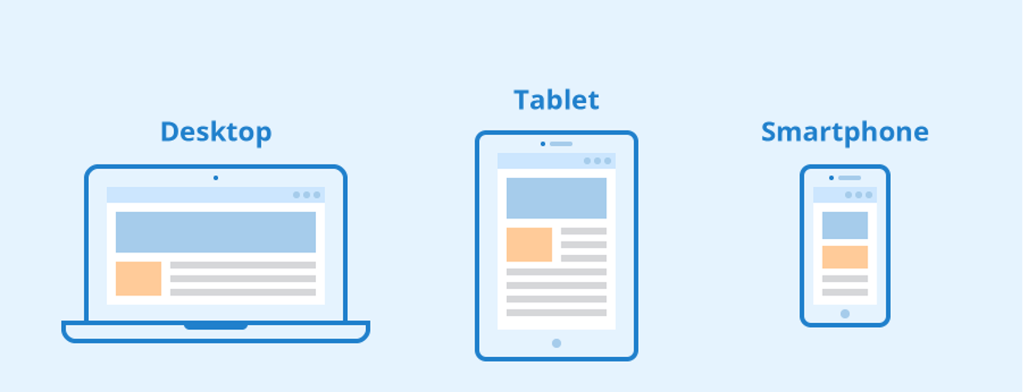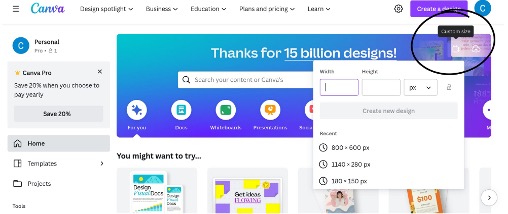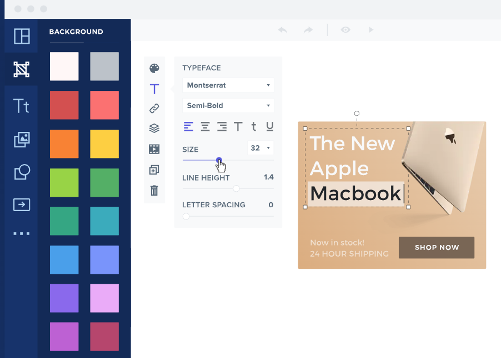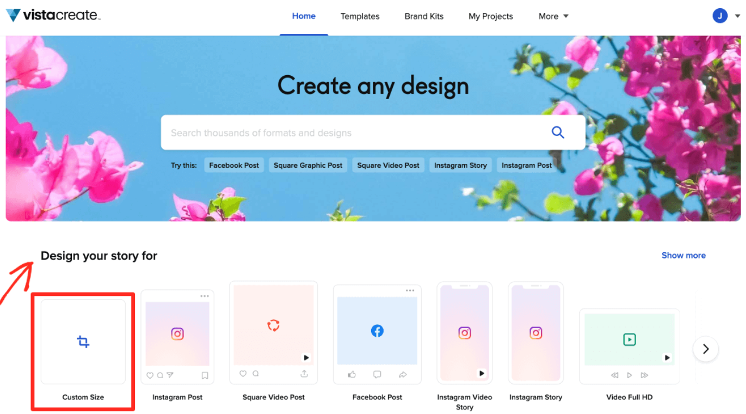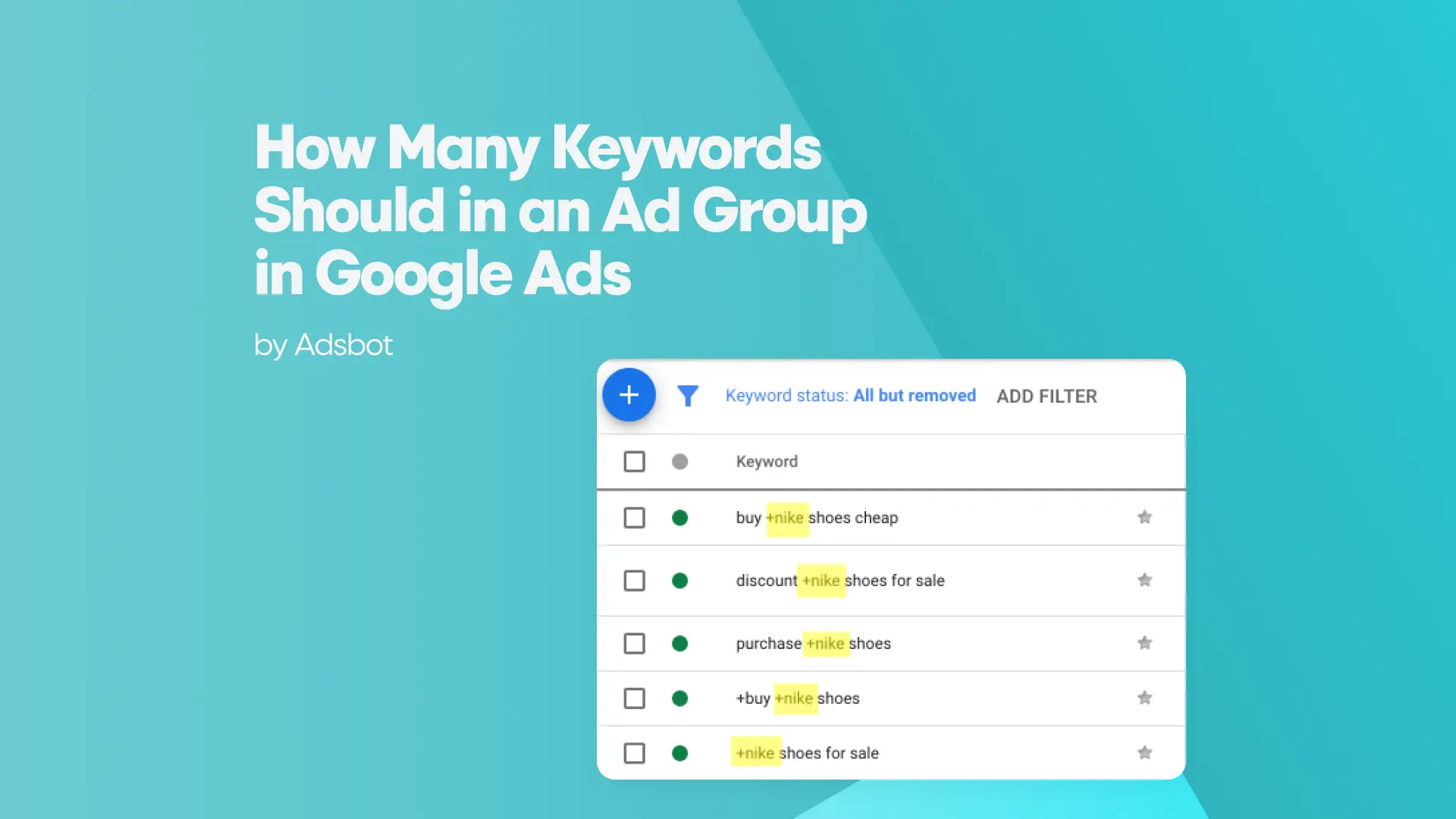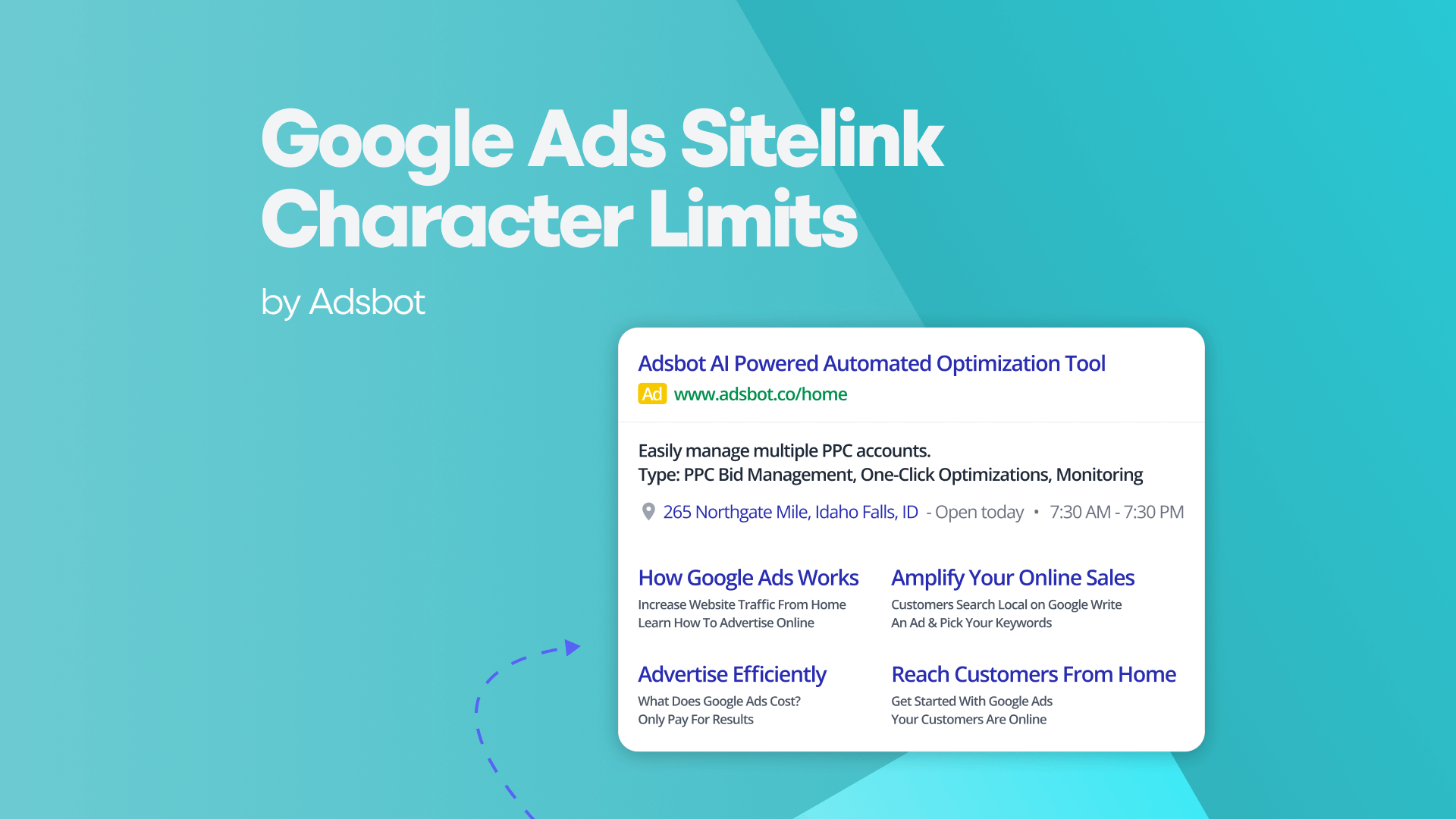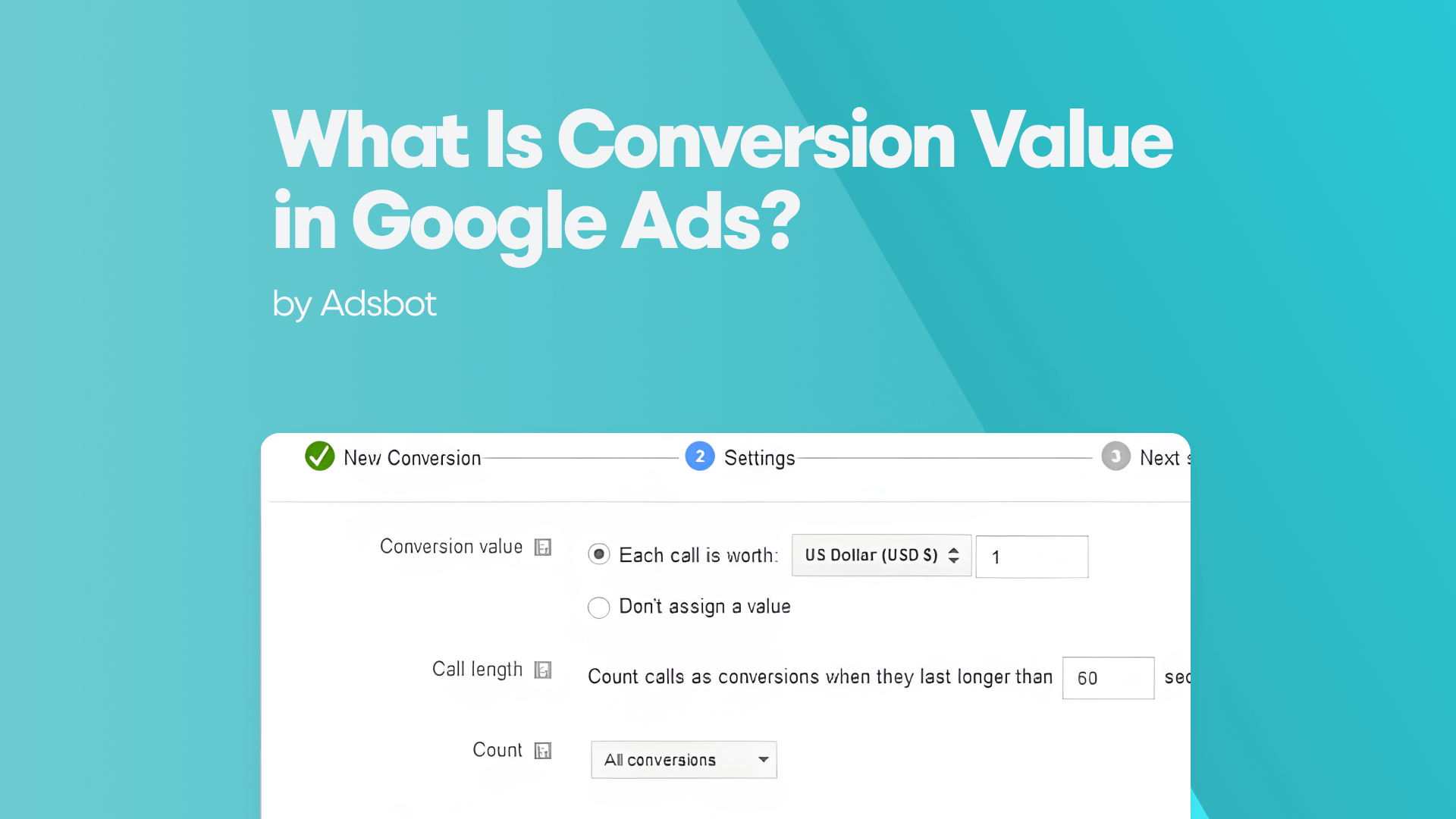At its core, Google Ads is an advertising platform developed by Google that offers businesses the ability to display ads on Google’s search engine results pages, websites on the Google Display Network, YouTube, and more.
One of the most important aspects of achieving a successful Google Ads campaign is understanding and optimizing display sizes. Display sizes refer to the dimensions and characteristics of visual adverts that play an important role in their visibility, engagement, and impact on users.
The importance of display sizes in Google Ads cannot be underestimated. These dimensions determine how and where ads appear on various digital platforms (mobile search engines, mobile apps, etc.), affecting their impact on the target audience. By choosing the appropriate display sizes, every business can increase the visibility of its adverts, improve click-through rates, and ultimately achieve better conversions.
We are here to help you. In this article, you will find:
- Most Frequently Used Google Ads Display Sizes
- Why Google Ads Display Sizes Matter
- Most Successful Google Ads Display Sizes
- List of all of the Google Ad Sizes
- Responsive Display Ad Sizes
- Template-Based Apps That Will Help You Create Google Ads
- Important Tips to Create Ad Designs
- How to See Other Businesses’ Google Display Ads
Most Frequently Used Google Ads Display Sizes
Here you will find the most commonly used Google Ads display sizes in pixels, but do not forget that your banner ads must be no larger than 150 KB file size.
200 x 200 – Small square
300 x 250 – Inline rectangle
728 x 90 – Leaderboard
970 x 90 – Large leaderboard
468 x 60 – Banner
336 x 280 – Large rectangle
160 x 600 – Wide skyscraper
120 x 600 – Skyscraper
250 x 250 – Square
300 x 600 – Half-Page ad
For mobile:
300 x 50 – Mobile banner
320 x 50 – Mobile banner
320 x 100 – Large mobile banner
Why Google Ads Display Sizes Matter
Banner ad size is definitely something to pay attention to, as it is an important factor that determines what people see online, where they see it, and how they interact with it.
The biggest part of its importance has to do with the likelihood of your advert being seen. The display size of your Google Ad can either maximize the potential reach of your ad or vice versa, which vitally affects the clicks and conversions you get.
Apps and websites control where and how Google Ads are displayed and know which ones will get them the most engagement.
Once you know this, you can avoid wasting time and money creating ads for ad spaces that are less common or have low click-through rates (as we’ll see later).
Which format type does Google support for display ads?
Regardless of the type of advert, Google only supports these 3 formats: JPG, PNG, and GIF.
If you know which ad sizes will bring you the best engagement, you increase your chances of getting maximum reach and viewable impressions.
Most Successful Google Display Ads Sizes
To find the top-performing Google Display Ad Sizes, there is no greater resource than Google itself! Here is the List created by Google, but we will break it down for you:
Leaderboard: 728×90
This ad format is often the first to load at the top of web pages, ensuring high visibility above the fold. Its prominent position increases the chances of attracting clicks and engagement, making it a favored option for advertisers seeking immediate impact.
Half page: 300×600
Known as the large skyscraper, this ad commands attention with its significant presence on the page. Its expansive dimensions make it highly visible and eye-catching, making it a preferred choice for advertisers aiming for maximum impact. According to Google, the half-page banner is experiencing rapid growth in impressions and ad spaces, making it a popular option among advertisers.
Large mobile: 320×100
Tailored for mobile devices, this banner provides an alternative to the standard mobile banner size (320×50). Offering increased height, it allows advertisers to convey their message more effectively on mobile screens. This makes it a preferred choice for mobile advertising, offering enhanced visibility and engagement potential to reach audiences on mobile platforms.
Large rectangle: 336×280
This ad size offers advertisers more ad inventory, making it ideal for display ads. It performs well within text content or at the end of articles.
Standard Banner Sizes
While there exists a vast array of ad dimensions at one’s disposal, a handful of customary banner dimensions have garnered popularity owing to their seamless integration with diverse web designs and conspicuous prominence. A few of the most prevalent customary banner advertisement dimensions include:
300 x 250 (Medium Rectangle) is a famous one. This multifaceted dimension is aptly accommodated within content spaces and is extensively employed for both desktop and mobile exhibitions.
The leaderboard advertisement, with its dimensions of 728 x 90, is frequently positioned at the top of web pages, thus rendering it one of the most noticeable sizes for users accessing the internet via desktop devices.
The dimensions of 336 x 280, known as the Large Rectangle, are highly advantageous for exhibiting content together with textual elements. This particular format is widely favored for its suitability in in-article locations.
The dimensions of 300 x 600 (Half Page) are commendable for conveying a more apparent message, and it is frequently employed in the sidebar or integrated within the content.
320 x 100 (Large Mobile Banner): Designed for mobile devices, this ad size offers a landscape view and fits well on smartphones.
Adapting to Various Screen Sizes
In the age of responsive web design and an array of devices with varying screen dimensions, versatility is crucial. It is essential that your advertisements have the quality of responsiveness, enabling them to effectively conform to the wide range of screen dimensions utilized by users. It is of utmost importance to ascertain that your advertisements are suitable for mobile devices, given that a significant proportion of internet traffic presently comes from mobile devices.
We implore you to contemplate the notion of creating responsive advertisements that possess the remarkable ability to freely adapt their dimensions and arrangement in order to harmoniously conform to the screen. Google Display Ads provides an array of tools to create responsive display advertisements that possess a remarkable capacity to effortlessly conform to diverse devices and screen dimensions.
What are Responsive Display Ads
Responsive Display Ads can adapt to whatever the size of the ad space is on the site or app of the publisher you’re advertising with. Unlike static banner ads, this happens completely automatically.
The inflexibility of static banner ads led Google to develop responsive display, which is now the default display ad type on the Display Network. Responsive display ads outperform static display ads in terms of impressions, as Google can auto-size these ads into existing ad spaces on the publisher’s app or website.
Display adverts, therefore, save you the hassle of submitting an infinite number of image sizes for display. Instead, Google wants you to submit 5 to 10 images in each aspect ratio: square (1:1) and landscape (1.91:1).
As long as you submit your ad images that meet the above guidelines, Google itself will be the only one left to adjust the image size, look, and format to fit most of the available ad spaces.
List of all Sizes of Google Display Ads (2024)
Display ads
Image ads
- 300 x 100
- 750 x 300
- 750 x 200
- 750 x 100
- 950 x 90
- 88 x 31
- 220 x 90
- 300 x 31
- 980 x 90
- 240 x 133
- 200 x 446
- 292 x 30
- 960 x 90
- 970 x 66
- 300 x 57
- 120 x 60
- 320 x 400
- 600 x 314
- 468 x 60
- 728 x 90
- 250 x 250
- 200 x 200
- 336 x 280
- 300 x 250
- 120 x 600
- 160 x 600
- 320 x 50
- 320 x 100
- 300 x 50
- 425 x 600
- 300 x 600
- 970 x 90
- 240 x 400
- 980 x 120
- 930 x 180
- 250 x 360
- 580 x 400
- 300 x 1050
- 480 x 320
- 320 x 480
- 768 x 1024
- 1024 x 768
- 480 x 32
- 1024 x 90
- 970 x 250
- 375 x 50
- 414 x 736
- 736 x 414
Responsive display ad (image)
- 91:1, minimum 600 x 314
- 1:1, minimum 300 x 300
Responsive display ad (logo)
- 1:1, minimum 128 x 128
- 4:1, minimum 512 x 128
App ads
App install ad
These dimensions are for Display ads that appear in apps, not to be confused with “App ads for install” used in App campaigns:
- 91:1, minimum 600 x 314
Image app install ad
These dimensions are for Display ads that appear in apps, not to be confused with “App ads for install” used in App campaigns:
- 468 x 60
- 728 x 90
- 250 x 250
- 200 x 200
- 336 x 280
- 300 x 250
- 120 x 600
- 160 x 600
- 320 x 50
- 320 x 100
- 300 x 50
- 425 x 600
- 300 x 600
- 970 x 90
- 240 x 400
- 980 x 120
- 930 x 180
- 250 x 360
- 580 x 400
- 300 x 1050
- 480 x 320
- 320 x 480
- 768 x 1024
- 1024 x 768
- 480 x 32
- 1024 x 90
- 970 x 250
- 375 x 50
- 414 x 736
- 736 x 414
App ad for Installs
These dimensions are for App ads that are created for App campaigns:
- 91:1, minimum 600 x 314
- 320 x 50
- 320 x 100
- 468 x 60
- 728 x 90
- 200 x 200
- 336 x 280
- 300 x 250
- 120 x 600
- 160 x 600
- 300 x 600
- 970 x 90
- 980 x 120
- 930 x 180
- 250 x 360
- 580 x 400
- 240 x 400
- 425 x 600
- 300 x 1050
- 480 x 320
- 480 x 32
- 768 x 1024
- 1024 x 90
- 1024 x 768
- 300 x 50
- 320 x 480
- 970 x 250
- 375 x 50
- 414 x 736
- 736 x 414
- 250 x 250
App ad for engagement
These dimensions are for App ads that are created for App campaigns:
- 300 x 250
- 320 x 50
- 320 x 480
- 480 x 320
- 1200 x 628
Video ads
TrueView In-stream, Bumper video ad, Non-skippable video ad (banner)
- 300 x 60
Outstream ads (logo) Display ads
Anything 1:1, between 1×1 and 1024 x 1024
Template-Based Apps That Will Help You Create Google Ads
You’ve learned so much about Google Ads Display Sizes! Now it’s time to create some ad designs on your own. Here are some known template-based apps and websites that will help you design ads. You can choose the pixels you want, and then you will be one on one with your creativity:
Canva
Canva enables pixel-perfect ad creation with its intuitive interface and vast template library, empowering users to design stunning ads tailored to precise dimensions with ease. Use the custom size feature, and you are ready to go!
Bannersnack
Bannersnack is a popular online tool for creating banner ads, social media posts, and other types of visual content. It offers a wide range of templates and customization options, including the ability to specify ad sizes.
Vista Create
Vista Create (formerly known as Crello) is another graphic design tool that provides templates and design elements for creating various types of visual content, including ads. Users can specify dimensions and customize their designs with ease.
Important Tips to Create Ad Designs
- Be Consistent with your Branding
If you want people to recognize your ads simply by your design, you should be as consistent as possible. Use the same fonts, include your logo or anything that will make people recognize your brand, and have templates of designs for each different part of the internet.
- Don’t forget the CTA
CTA (call to action) is one of the most important parts of your design. Encourage people to click on your ad and make them feel that they should check out your ad.
- A/B Testing is your Best Friend
Always use Google Ads A/B testing. Studies show that different types of ad designs can lead to different conversions. One design might have better results than the other one by up to 200%. Always be prepared to change your ad design, and remember this: ad design change is my friend with the help of my best friend, A/B Testing!
- Stay Simple and Get Conversions
When it comes to ad design, you should embrace simplicity. An uncluttered layout and short but concise messages will make it easier for your ad to attract attention. Instead of using a collage of images, use a single image and do yourself a favor. By keeping the texts minimal, you ensure that your message is easily understood and leaves a lasting impression. Remember, simplicity not only improves your aesthetics but also increases effectiveness.
How to See Other Businesses’ Google Display Ads
If you want to see what ads other businesses are running and learn from them, or if you want to do a Google Ads competitor analysis, this information is exactly for you! By using Google’s Ads Transparency tool, you can see the ads of other businesses and analyze them. Here is the website for you: Google Ads Transparency.
Also, you can use Adsbot’s Brand Checker. With Brand Checker, you can track your branded or non-branded keywords to see if your competitors are bidding on that keyword. The system checks the keyword and if it finds a result, it creates a report. If your domain is not appearing on the report, you will get a notification that your competitors are bidding on your own keyword.
Google Ads Display Sizes for Different Sectors
While the ad sizes listed above are universal, a smart marketing strategy uses specific sizes to target a sector’s unique goals. An e-commerce brand’s needs are very different from a B2B software company’s. Here’s a breakdown of which ad sizes are most valuable for key industries.
Google Ads Display Sizes for Hotels & Hospitality
The hotel and tourism industry is driven by powerful, aspirational visuals. The goal is to make someone feel the vacation and click to book. For this, the 300×600 Half-Page ad is a top performer. Its large vertical canvas acts like a mini-brochure, offering ample space for stunning photos of pools, room interiors, or scenic views. This size is perfect for brand-building and inspiration. For the all-important booking-cart abandonment, the 300×250 Medium Rectangle is essential. Its massive inventory allows you to retarget users who browsed dates, reminding them to complete their reservation.
Google Ads Display Sizes for Automotive
The automotive industry has two main goals: building brand desire for new models and driving local foot traffic for test drives. For major model launches, wide, cinematic formats like the 728×90 Leaderboard and the 970×250 Billboard are critical. When placed at the top of car review sites or news portals, they provide a high-impact “hero shot.” For the local dealership goal, mobile is key. The 320×100 Large Mobile Banner is perfect for “near me” campaigns, targeting users in the area with a clear call-to-action like “Get Directions” or “Schedule a Test Drive.”
Google Ads Display Sizes for Software
This sector is focused on driving direct downloads and one-time purchases. As your own search query data showed, “app install” campaigns are a significant sub-sector. For these, the 320×50 Mobile Banner and 320×100 Large Mobile Banner are the workhorses. They appear inside other mobile apps (on the AdMob network) and are highly effective for a simple “Install Now” CTA. For desktop software, like a video editor or antivirus program, the 300×250 Medium Rectangle is the most versatile, providing enough space for a product screenshot and a clear “Download Free Trial” button.
Google Ads Display Sizes for SaaS
Unlike B2C software, B2B SaaS has a much longer sales cycle. The goal is not an immediate sale but high-quality lead generation—a free trial sign-up, a demo request, or a whitepaper download. This audience is often on desktop, browsing industry blogs or news sites. The 336×280 Large Rectangle and 300×250 Medium Rectangle are the most effective. Their “content-embedded” nature makes them feel less obtrusive, and they are the perfect size for a strong, benefit-driven headline (e.g., “Get the Free Ebook: 5 Ways to Boost ROI”) to capture a lead.
Google Ads Display Sizes for E-commerce & Retail
The number one goal for e-commerce is driving direct product sales and recovering abandoned carts. The single most important strategy here is Dynamic Retargeting, which is best powered by Responsive Display Ads. This is where you show a user an ad for the exact product they viewed on your site. The most critical ad sizes for this are the 300×250 Medium Rectangle and the 320×100 Large Mobile Banner. Why? Because they have the largest inventory, allowing your ad to follow the shopper across the widest range of sites and apps, reminding them of those red shoes they left in their cart.
Popular Posts
-
How Many Keywords Should Be In an Ad Group in Google Ads?
Ever wondered if your Google Ads campaigns are packed with…
Read more -
Google Ads Script for Dummies: An Introduction
Imagine you have an e-commerce website that sells licensed superhero…
Read more -
Google Ads Sitelink Character Limits
Your Google Ads are cutting off in the middle of…
Read more -
What Is Conversion Value in Google Ads?
What if you could put a price tag on every…
Read more
Register for our Free 14-day Trial now!
No credit card required, cancel anytime.


